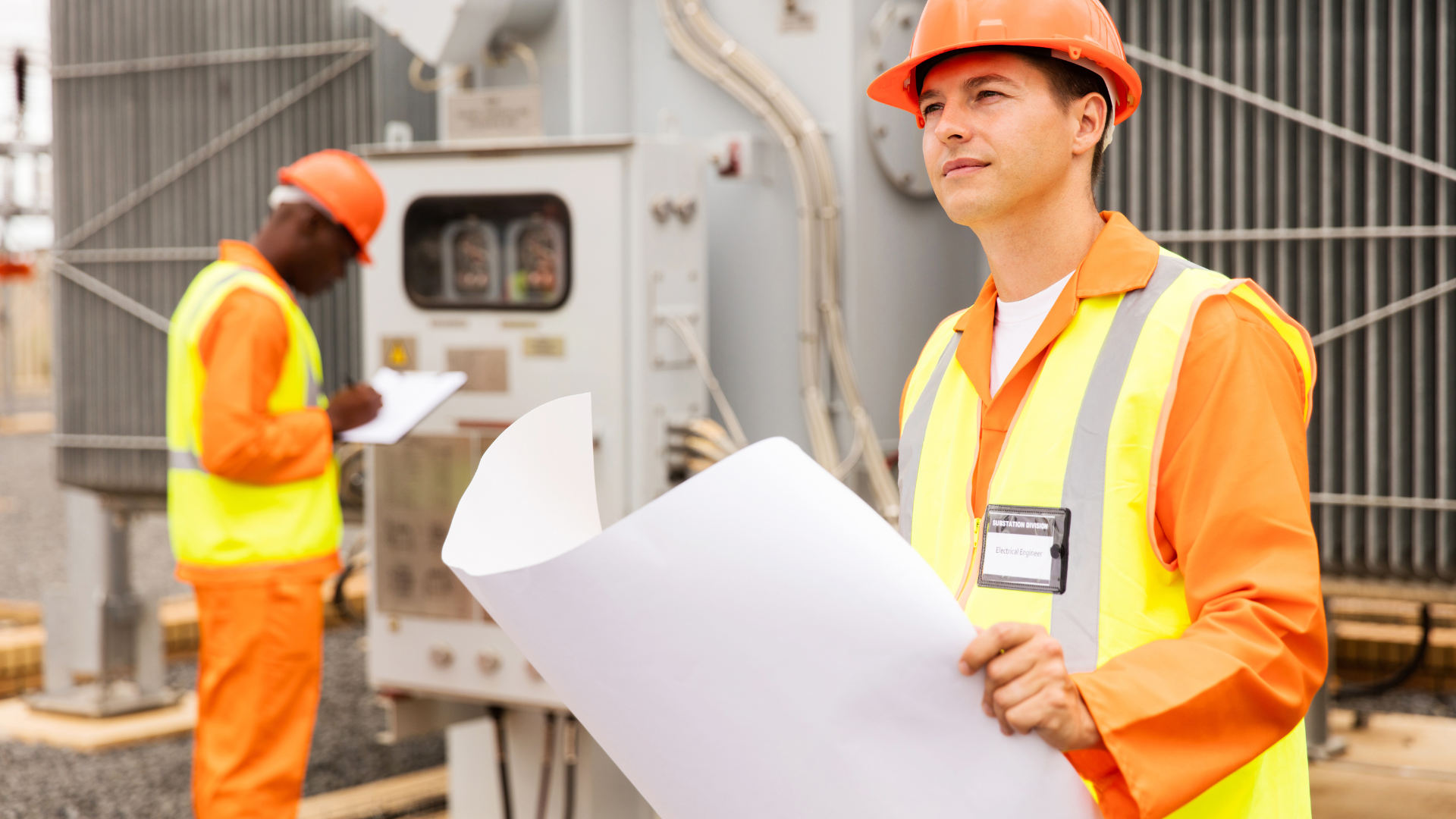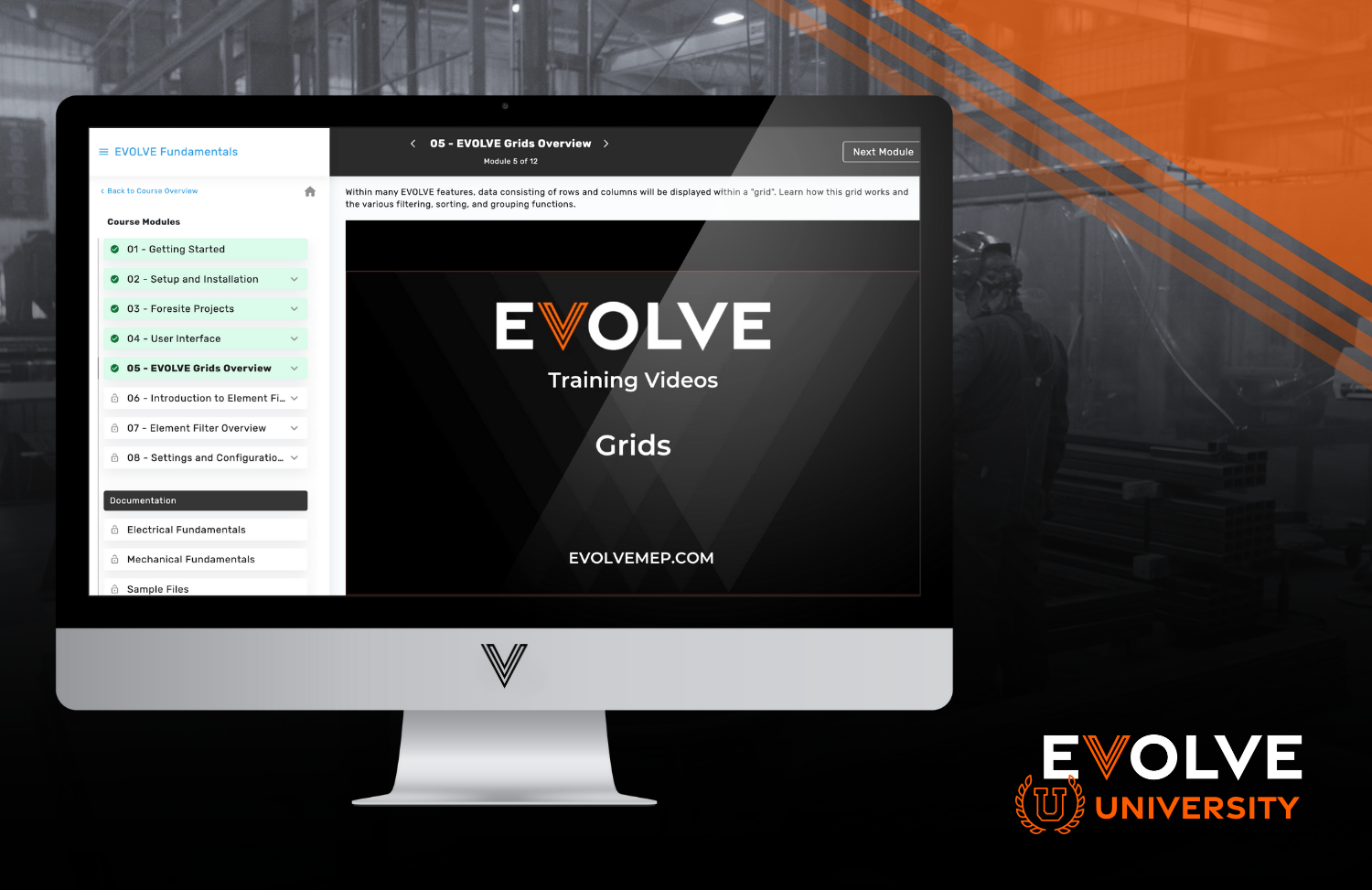Engineering electrical systems in high-risk zones can feel intimidating. There are a lot of safety protocols that go into installing these electrical systems, and because these areas can be deemed unsafe, it is important that you are properly preparing to work in high-risk zones. By following the safety protocols in this blog, you can be well-prepared to install electrical systems in high-risk zones.
Wear Safety Glasses and Protective Clothing
When installing electrical systems, you want to make sure that you are not only prepared for the task, but also that you are protected from any potential hazards. First, wearing safety glasses when working with electricity is a must. You should also wear long sleeve shirts and pants as well as gloves, thick-soled shoes, and a hard hat. The first step to working in hazardous zones is to protect yourself.
Inspect the Area Before and After Electrical Installation
It is important to inspect the area you are working in both before and after electrical installation. Doing this ensures that hazards are minimized and that there is a better chance of staying safe throughout the electrical installation.
You can create an inspection plan that includes a checklist of the most common hazards that will need to be looked at first. You can also create a safety manual that includes policies and procedures. Doing these things can help you maximize safety and make the overall installation process go smoother.
Identify and Label the Hazards
When installing electrical systems in high risk zones, it is important to do a risk assessment to identify the hazards and know what you are working with. By doing a risk assessment, you are identifying the risky parts of your workspace. Make sure to look in the areas where power lines are buried or hanging. You should also inspect sockets, lines, and extensions. Finally, look for slippery spaces and areas with leaks.
Ground All Power Supplies and Equipment
This is an extremely important step to take because by grounding all power supplies and equipment, you prevent current from passing through a worker’s body. While electricity normally comes from faulty lines, it can also come directly from the equipment, in the event that the equipment isn’t grounded. By grounding the equipment, you are helping to keep your workers safe.
It’s important to note that sometimes, grounded equipment that is faulty can still be dangerous. In these cases, you need to fix the equipment as soon as possible or dispose of it.
Install Proper Physical Barriers Around Electrical Hazards
Physical barriers should be used to protect workers from electrical hazards. Cautionary signs should be placed in various places to warn workers of hazardous areas. You can also apply a tagout policy to areas with the highest risk. Tagout policy refers to the procedure used to make sure that equipment is properly shut down and inoperable until maintenance work is completed.
Use OSHA-Approved Equipment ONLY
The Occupational Safety and Health Administration is a large regulatory agency of the U.S Department of Labor. It is used to ensure safe and healthful working conditions for workers by setting and enforcing standards and by providing training and education, as well as assistance and outreach. By using OSHA-approved equipment, you can be confident that you are using safe equipment and don’t have to worry about having defective equipment. Using this equipment also makes your workplace more likely to pass OSHA standards.
Clean and Maintain Equipment on a Regular Basis
It’s important to clean and maintain equipment regularly. Make sure to check equipment for signs of damage and signs of wear and tear. Additionally, follow the manufacturer’s instructions to ensure you’re using the equipment properly. Also, schedule maintenance check ups regularly. And finally, record the history of your equipment; this includes recording commonly fixed parts and replaceable parts.
Implementing these procedures regularly will help you to organize and properly maintain your equipment.
Use the Appropriate Cords
It’s important to know that different voltages need different kinds of power cords. When you are choosing the wiring, consider these factors:
- Wire gauge - this is the amperage running through the wiring.
- Wire length - long lines not only hold more voltage, but they can also counteract voltage drops better than shorter ones.
- Flexibility - the more flexible a wire is, the more it can be bent or reshaped. the three levels of flexibility are solid core, coarsely-stranded wire, and finely stranded wire.
Solid core is less flexible in lower gauge wires and more flexible in higher gauge wires. Coarsely stranded wire can be reshaped and has average flexibility. Finely stranded wire is the most flexible.
Check Your Work
It is important to carefully install the electrical system, and it is also important to check your work when you have completed the installation. Checking your work could be the difference between a job well done and a possible fire. After completing a project, double check that everything is secure and working as it should be.
By implementing these procedures when working in high risk zones, you can lessen the chances of accidents and show your workers that you care about keeping them safe. Connect with eVolve Mechanical on social media to receive special offers and stay up to date on new innovations.
Wear Safety Glasses and Protective Clothing
When installing electrical systems, you want to make sure that you are not only prepared for the task, but also that you are protected from any potential hazards. First, wearing safety glasses when working with electricity is a must. You should also wear long sleeve shirts and pants as well as gloves, thick-soled shoes, and a hard hat. The first step to working in hazardous zones is to protect yourself.
Inspect the Area Before and After Electrical Installation
It is important to inspect the area you are working in both before and after electrical installation. Doing this ensures that hazards are minimized and that there is a better chance of staying safe throughout the electrical installation.
You can create an inspection plan that includes a checklist of the most common hazards that will need to be looked at first. You can also create a safety manual that includes policies and procedures. Doing these things can help you maximize safety and make the overall installation process go smoother.
Identify and Label the Hazards
When installing electrical systems in high risk zones, it is important to do a risk assessment to identify the hazards and know what you are working with. By doing a risk assessment, you are identifying the risky parts of your workspace. Make sure to look in the areas where power lines are buried or hanging. You should also inspect sockets, lines, and extensions. Finally, look for slippery spaces and areas with leaks.
Ground All Power Supplies and Equipment
This is an extremely important step to take because by grounding all power supplies and equipment, you prevent current from passing through a worker’s body. While electricity normally comes from faulty lines, it can also come directly from the equipment, in the event that the equipment isn’t grounded. By grounding the equipment, you are helping to keep your workers safe.
It’s important to note that sometimes, grounded equipment that is faulty can still be dangerous. In these cases, you need to fix the equipment as soon as possible or dispose of it.
Install Proper Physical Barriers Around Electrical Hazards
Physical barriers should be used to protect workers from electrical hazards. Cautionary signs should be placed in various places to warn workers of hazardous areas. You can also apply a tagout policy to areas with the highest risk. Tagout policy refers to the procedure used to make sure that equipment is properly shut down and inoperable until maintenance work is completed.
Use OSHA-Approved Equipment ONLY
The Occupational Safety and Health Administration is a large regulatory agency of the U.S Department of Labor. It is used to ensure safe and healthful working conditions for workers by setting and enforcing standards and by providing training and education, as well as assistance and outreach. By using OSHA-approved equipment, you can be confident that you are using safe equipment and don’t have to worry about having defective equipment. Using this equipment also makes your workplace more likely to pass OSHA standards.
Clean and Maintain Equipment on a Regular Basis
It’s important to clean and maintain equipment regularly. Make sure to check equipment for signs of damage and signs of wear and tear. Additionally, follow the manufacturer’s instructions to ensure you’re using the equipment properly. Also, schedule maintenance check ups regularly. And finally, record the history of your equipment; this includes recording commonly fixed parts and replaceable parts.
Implementing these procedures regularly will help you to organize and properly maintain your equipment.
Use the Appropriate Cords
It’s important to know that different voltages need different kinds of power cords. When you are choosing the wiring, consider these factors:
- Wire gauge - this is the amperage running through the wiring.
- Wire length - long lines not only hold more voltage, but they can also counteract voltage drops better than shorter ones.
- Flexibility - the more flexible a wire is, the more it can be bent or reshaped. the three levels of flexibility are solid core, coarsely-stranded wire, and finely stranded wire.
Solid core is less flexible in lower gauge wires and more flexible in higher gauge wires. Coarsely stranded wire can be reshaped and has average flexibility. Finely stranded wire is the most flexible.
Check Your Work
It is important to carefully install the electrical system, and it is also important to check your work when you have completed the installation. Checking your work could be the difference between a job well done and a possible fire. After completing a project, double check that everything is secure and working as it should be.
By implementing these procedures when working in high risk zones, you can lessen the chances of accidents and show your workers that you care about keeping them safe. Connect with eVolve Mechanical on social media to receive special offers and stay up to date on new innovations.




